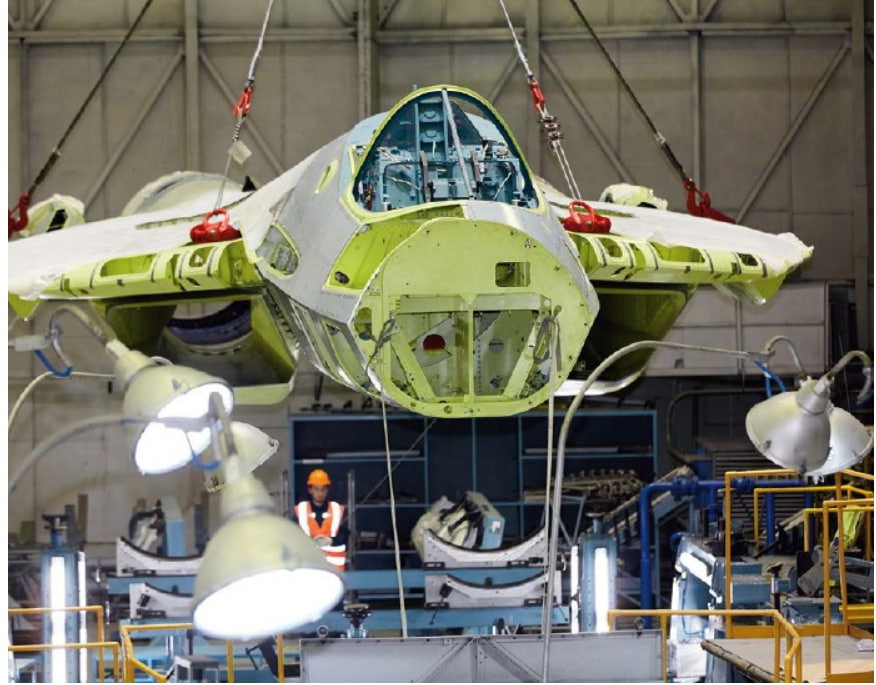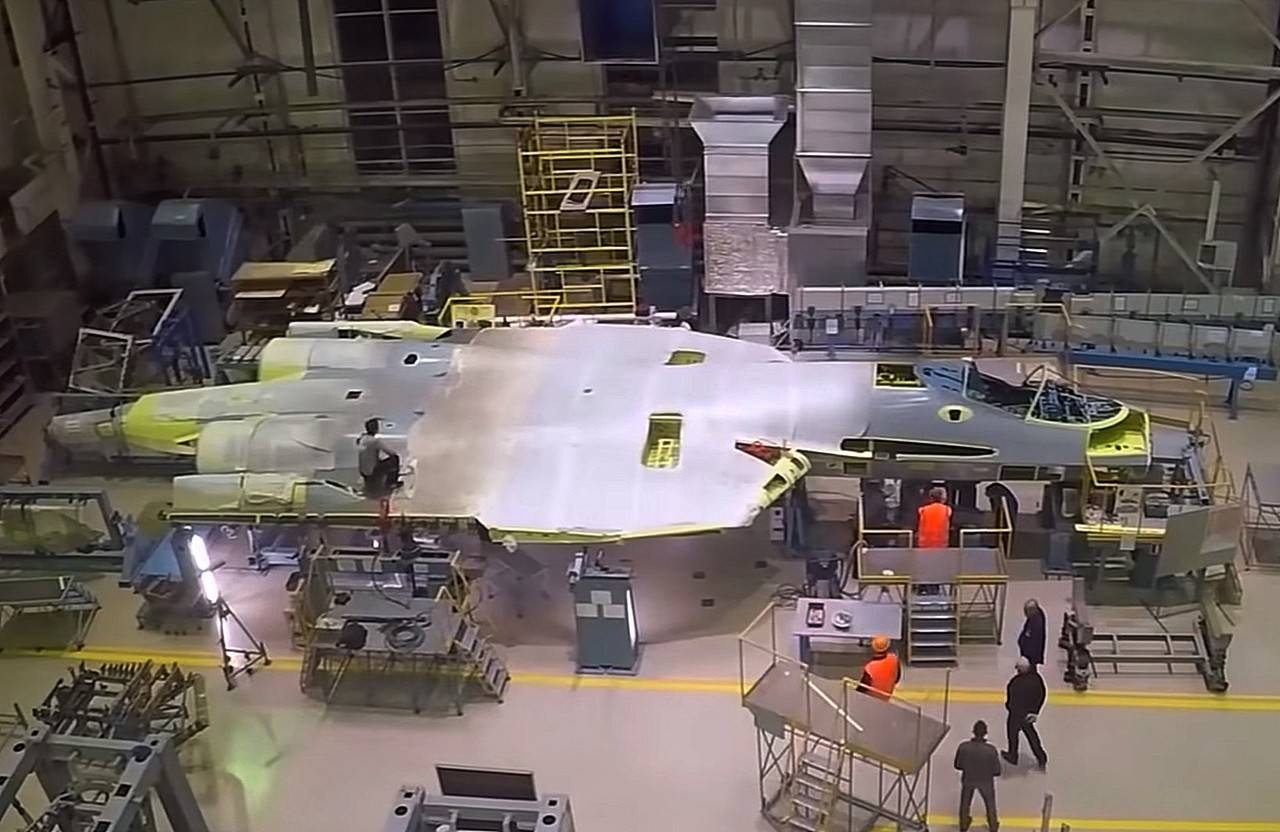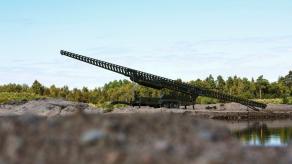After the news about the first-ever combat loss of a russian Su-57 at the Akhtubinsk airfield, the next logical question is whether it is possible to use the same drones to attack the place where this type of aircraft is produced. And a bonus question: what could be the logic behind Ukraine's attempt to destroy a Su-57, apart from the fact that it is a valuable and rare asset of the russian air force?
In fact, the second one will be the easiest to answer. The Defense Intelligence of Ukraine emphasized in its report about today's strike that russian Su-57s are, crucially, carriers of Kh-69 cruise missiles. The attack missiles of this type, for example, were used to destroy the Trypilska thermal power plant in April 2024, situated near Kyiv, Ukraine.
Read more: Ukraine Hit russia's Latest Su-57 Aircraft for the First Time at Akhtubinsk Air Base

With that in mind, it turns out that during attacks on critical infrastructure, one Su-57 can cause as much damage as a Tu-95MS strategic bomber.
Accordingly, landing a hit on this aircraft without a clear class designation (there are debates whether it's a 5 or 4++ generation fighter) is equivalent in terms of target selection as damaging a strategic bomber.
Addressing the question about the place of Su-57 production is much more complicated. The problem is, fighter jets of this type are manufactured at an aircraft factory in the city of Komsomolsk-on-Amur in the Far East of russia, beyond Lake Baikal. This geographical circumstance already excludes the possibility of a drone attack on this facility, after all, for that an unmanned aerial vehicle needs to autonomously cover almost 8,000 kilometers from the state border of Ukraine.

But there's an interesting nuance about a bottleneck in the structure of the russian defense industry. So happens that russians manufacture their Su-57 at the same aircraft factory where the production of the Su-35S is also carried out.
When the russians set up the Su-57 production line in 2020, they did not build new workshops, they simply put more ramps and equipment in the existing premises, and at the same time tried to speed up the pace of production by improving the efficiency of the personnel working at the factory.

Most likely, the Kremlin did not expect that after February 2022 it would have to somehow urgently replenish the losses in aviation inflicted by Ukrainian air defense. Consequently, the russians had to focus more on the current production of the Su-35S, resulting in delivery of 7 new aircraft in 2022 and 10 aircraft in 2023. The production of the Su-57 also continued but the exact tempo is unknown.
Perhaps, over time, the Ukrainian Defense Forces will find a way to reach the aircraft factory in Komsomolsk-on-Amur, despite the 8,000 kilometers dividing it from Ukraine. After all, in just two years of full-blown war, Ukrainian drone makers managed to create long-range UAVs reaching as far as 1,500 km almost from scratch, since no such technologies were developed prior to the russian invasion.

Defense Express memo: in this article, we mostly used archive photos for the sake of higher image quality but the last one above is from a russian video published in May 2024. Here you can find our analysis of this footage, besides, it tells a lot about russia's understanding of "wartime industry mobilization."
Read more: Production Tempo at Su-35S and Su-57 Assembly Lines in russia Look Nothing Like You'd Expect From a Country at War














